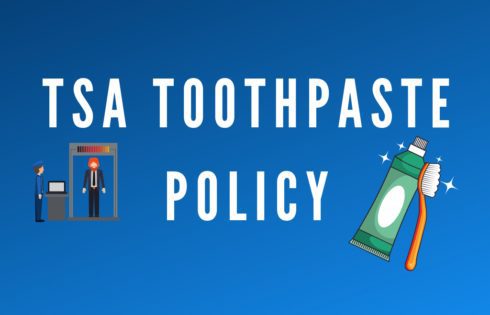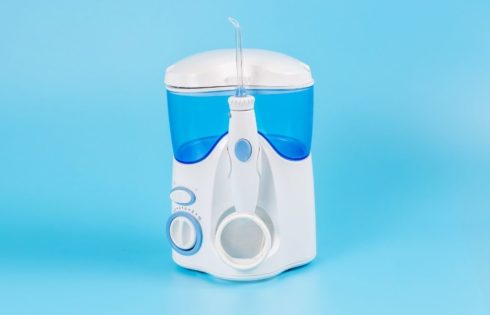
TSA Toothpaste Rules & Size Limits: Brush Up On The Latest Restrictions [2022]
Undoubtedly, one of the most common items to bring along on your travels is toothpaste. While many hotels will supply you with toothpaste it is not always guaranteed and many

